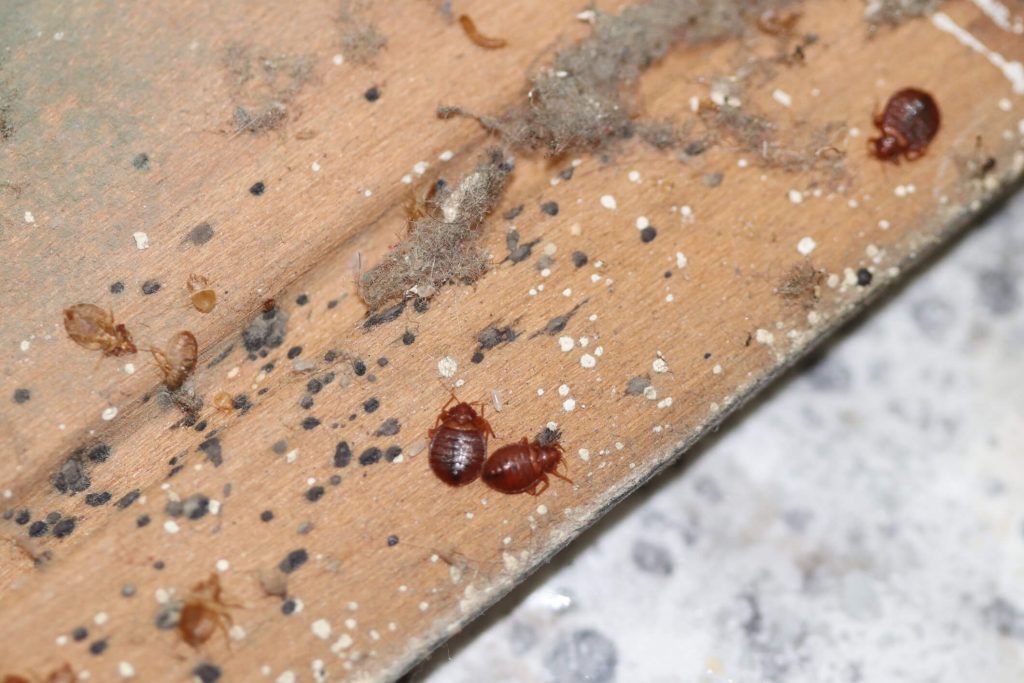As a homeowner, I have always been curious about how bed bugs spread from house to house. After all, these tiny pests can cause a lot of trouble and it would be useful to know how they are able to move around so easily. In this article, I’m going to uncover the mystery of how bed bugs spread from house to house.
What are Bed Bugs?

Bed bugs are small, parasitic insects that feed on human blood. They usually live in mattresses, bed frames, furniture, and other cracks and crevices near the sleeping area.
Bed bugs are small, flat, and oval in shape with no wings. They are usually brown or reddish-brown in color, but they may appear lighter or darker depending on their age and what they have recently eaten. Bed bugs are generally less than ⅛ of an inch in length, and they cannot fly.
The bed bug’s mouthparts are adapted for piercing skin, and they have a long, thin beak for sucking blood. They have a pair of claws for grasping the skin and a pair of antennae for sensing their environment.
| Characteristic | Description |
|---|---|
| Size | Less than 1/8 inch in length |
| Shape | Flat, oval |
| Color | Brown or reddish-brown |
| Wings | None |
| Mouthparts | Piercing skin |
| Beak | Long, thin |
| Claws | Grasping skin |
| Antennae | Sensing environment |
Bed bugs are active at night and usually hide during the day. They prefer to feed on humans, but they will also feed on other warm-blooded animals, including bats, birds, and rodents.
Signs of Bed Bugs
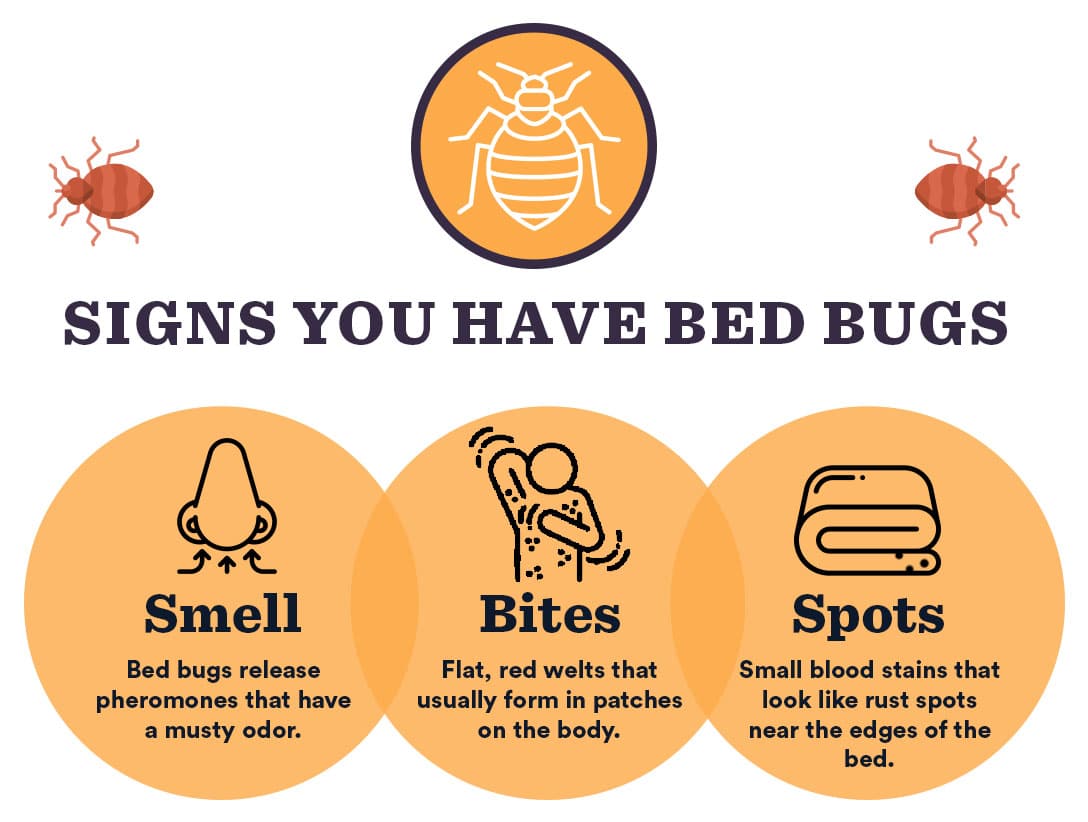
Bed bugs are small and difficult to spot, but they can leave behind signs that they’ve been in your home. The most obvious sign of a bed bug infestation is the presence of bed bug bites. Bed bug bites are small, red welts that are most often found in clusters on the skin. They can also cause itching, swelling, and other skin reactions.
Other signs of bed bugs include small black spots on mattresses, sheets, and other furniture. These spots are composed of bed bug droppings. Bed bugs also leave behind eggshells, shed skins, and a musty, sweet odor. If you notice any of these signs in your home, it’s time to take action.
| Sign | Description |
|---|---|
| Bed Bug Bites | Small, red welts usually found in clusters on the skin |
| Small Black Spots | Found on mattresses, sheets, and other furniture. Composed of bed bug droppings. |
| Eggshells | Left behind by bed bugs |
| Shed Skins | Also left behind by bed bugs |
| Musty, Sweet Odor | Often present in homes with bed bugs |
As a homeowner, it’s important to understand how bed bugs spread from house to house. Bed bugs can be a nuisance, and it’s important to know how they travel so you can take proper preventative measures. Here are three common ways that bed bugs can spread:
Through People
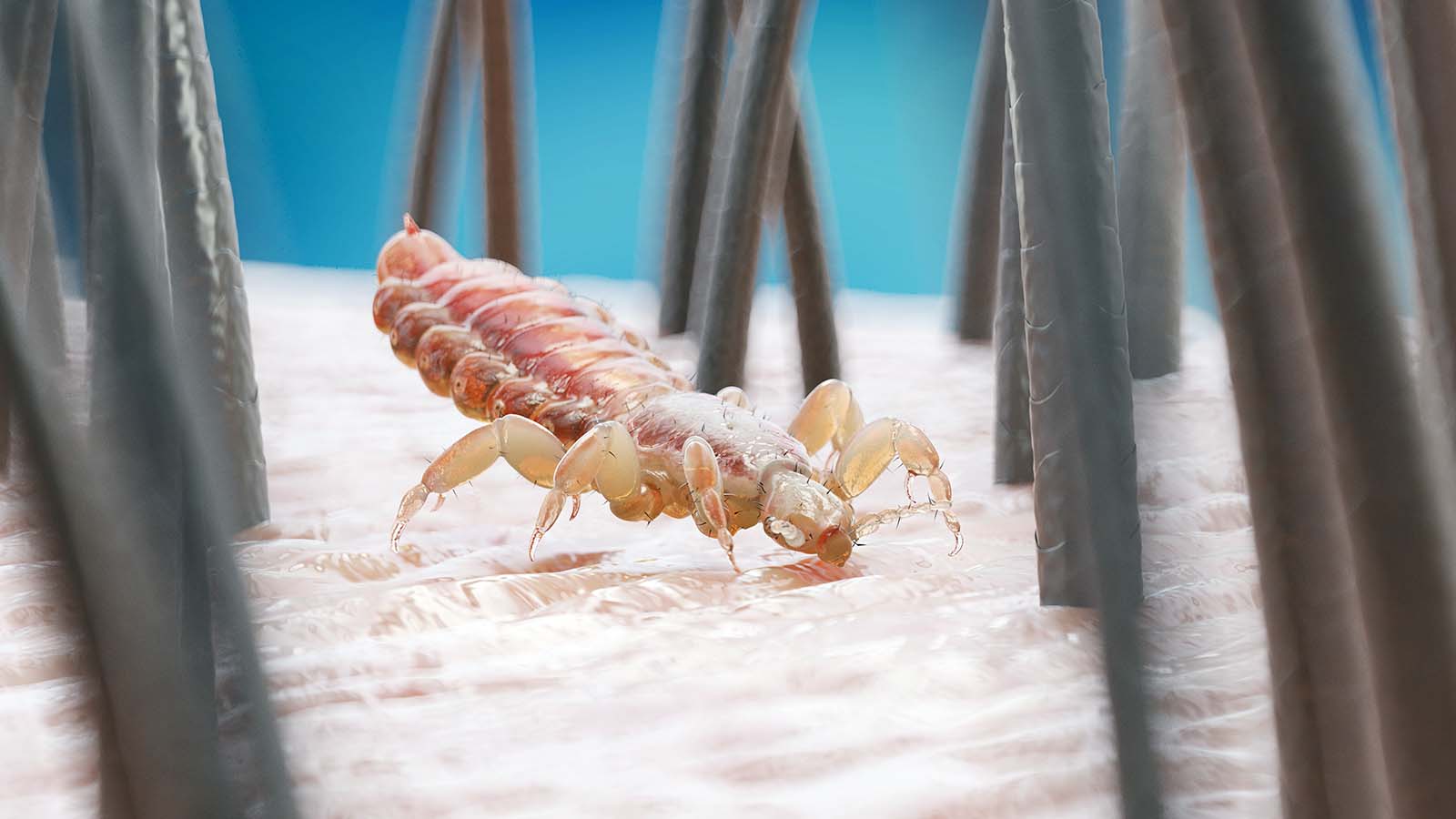
Bed bugs can move from one home to another by hitching a ride on people. Bed bugs often hide in clothing and luggage, which can easily be transferred from one house to another. Additionally, bed bugs can be transferred from one person to another.
Through Luggage, Clothing, and Furniture

Bed bugs can hide in clothing and luggage, which can easily be transferred from one home to another. People often bring furniture and clothing items into their homes that already have bed bugs living inside them.
Through Pets

Pets can also carry bed bugs from one home to another. Bed bugs often hide in pet fur, and when they move from house to house, they can transfer bed bugs with them.
It’s important to be aware of how bed bugs spread from house to house, so that you can take preventative measures and keep your home bug-free.
I need to take preventative measures if I want to keep bed bugs from spreading from house to house. The first step is to keep my home clean and sanitary. Vacuuming carpets and furniture can help to remove eggs and bed bugs. I should also be sure to empty the vacuum cleaner right away, as the bed bugs can crawl back out if I don’t. I should also avoid bringing secondhand furniture or clothing into my home, as they could be harboring bed bugs.
3. Sealing Cracks and Crevices
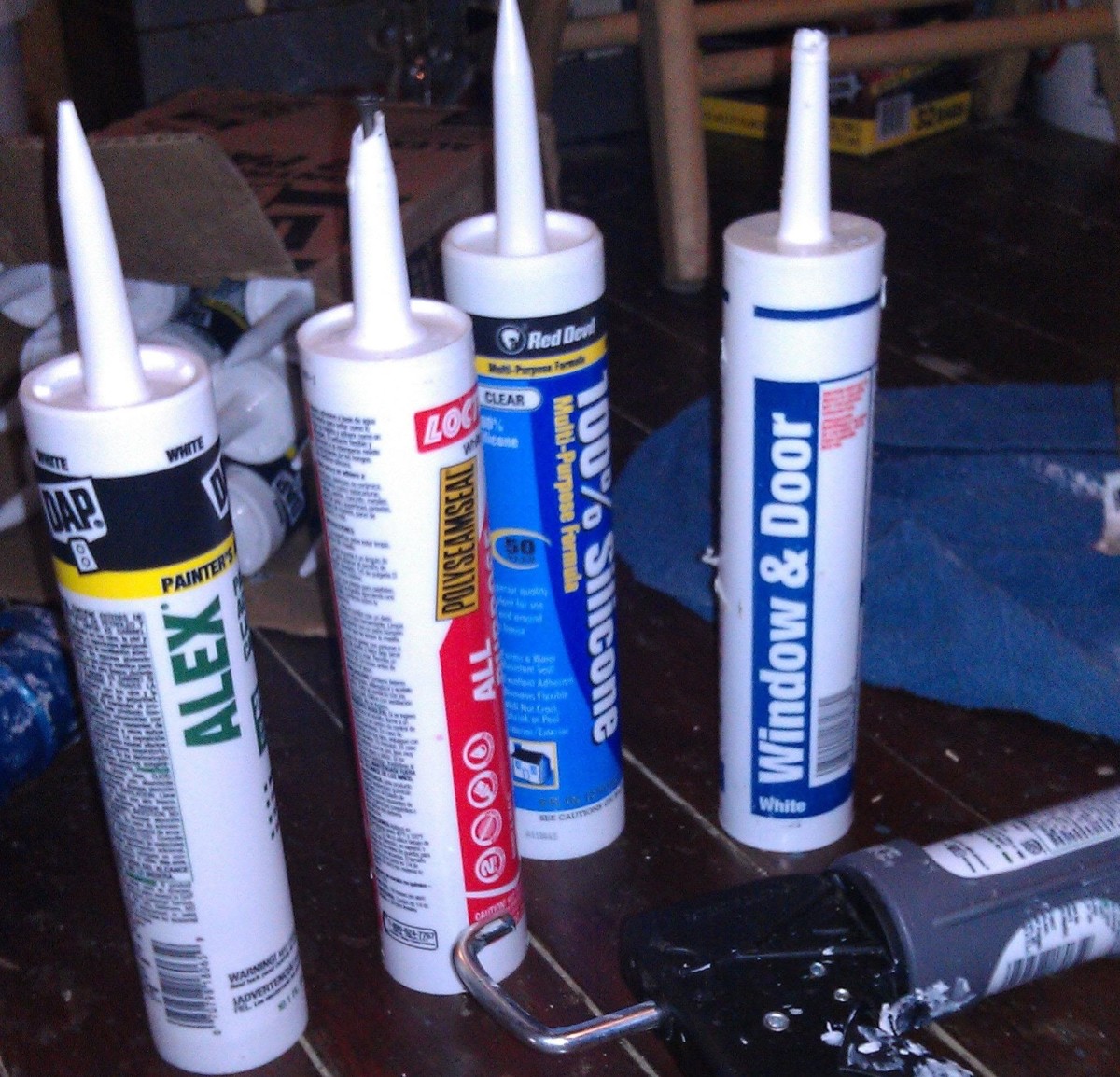
- Check for any possible entry points in the house such as cracks in the walls, floorboards or crevices in the furniture.
- Use caulk to seal any cracks or crevices to make sure they are closed off.
- Fill any holes in walls or furniture with steel wool to further prevent bed bugs from entering your home.
- Inspect any second-hand furniture before bringing it into your home.
4. Inspecting for Bed Bugs

To check for bed bugs in a house, I have to inspect all the beds, carpets, and furniture. I should look for bed bug bites on the skin, dark spots on mattresses, and tiny eggs near the seams. Bed bugs usually hide in cracks and crevices, so I should look in these areas as well.
| Signs of Bed Bugs | Where to Look |
|---|---|
| Bed bug bites | Skin |
| Dark spots | Mattresses |
| Tiny eggs | Seams of furniture |
| Bed bugs | Cracks and crevices |
I should also inspect the bed frames, headboards, footboards, bedside tables, drawers, and any other furniture in the house. I should check for bed bugs in the seams and crevices of these items as well. Additionally, I should check any items that have been brought into the house, including clothes, suitcases, and boxes.
Finally, I should inspect any carpets, rugs, and curtains in the house. Bed bugs can hide in these items, so I should check for any signs of them. By thoroughly inspecting for bed bugs, I can help prevent them from spreading from house to house.
Treatment for Bed Bug Infestation
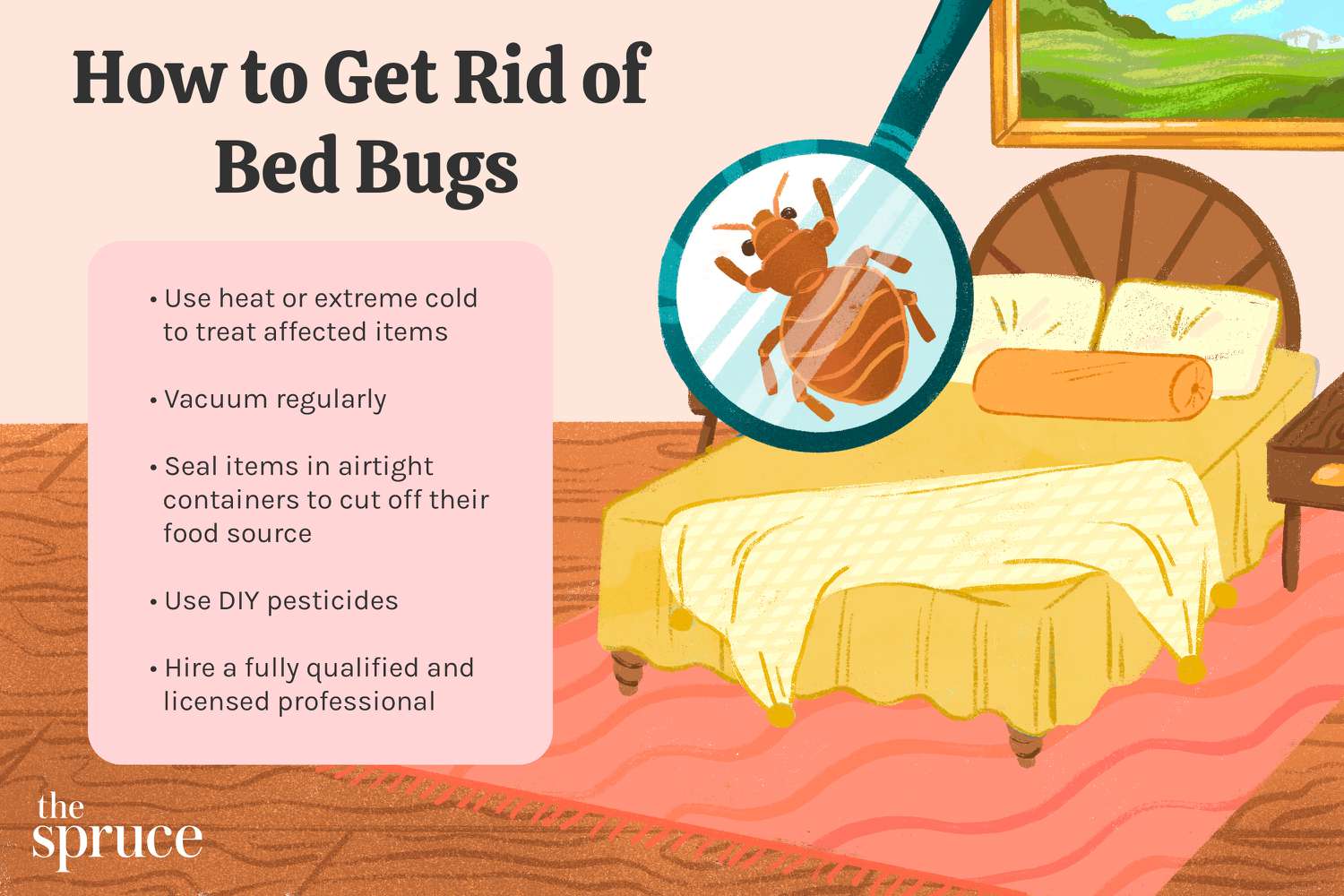
- Identify the infestation: Inspect your mattress and bedding, as well as any furniture and other objects in the vicinity of your bed. Look for dark spots, which are the bed bugs’ excrement.
- Treat the infested areas: Use a vacuum cleaner to remove the bed bugs and their eggs. Then use a steam cleaner to sanitize the area. You may also want to use contact insecticides to kill the bed bugs.
- Isolate the infestation: Move the bed and other furniture away from the walls and into the middle of the room. This will make it harder for the bed bugs to spread.
- Clean and sanitize the area: Vacuum and steam clean the area, paying special attention to cracks and crevices. You may also want to use a chemical insecticide to help kill the bed bugs.
- Prevent future infestations: Inspect your bed and the surrounding area regularly. Vacuum the area regularly and use mattress encasements to prevent bed bugs from entering your bed.
1. Chemical Treatment

Chemical treatment is often used to eradicate bed bug infestations. Pesticides such as pyrethrins, pyrethroids, and desiccants can be applied to the infested area to kill the bed bugs. It is important to apply the chemical treatment properly and to follow safety precautions when handling chemicals. Care should be taken to ensure that the chemical does not come into contact with the skin, eyes, or mouth. It is also important to make sure that bed bugs are not spreading to other parts of the home by using appropriate traps, or by applying the chemical in a way that prevents the bed bugs from spreading.
2. Heat Treatment

Heat treatment is an effective way to get rid of bed bugs. Temperatures of above 45°C (113°F) will kill bed bugs and their eggs. Heat treatments are often used in combination with other methods such as chemical treatments to ensure the bed bugs are eliminated. Heat treatments are usually done by professional pest control operators who use specialized equipment and techniques to ensure the temperatures are maintained at the correct level and the entire affected area is heated properly. This process typically takes several hours to complete and must be performed properly to ensure all bed bugs and eggs are destroyed.
3. Cold Treatment
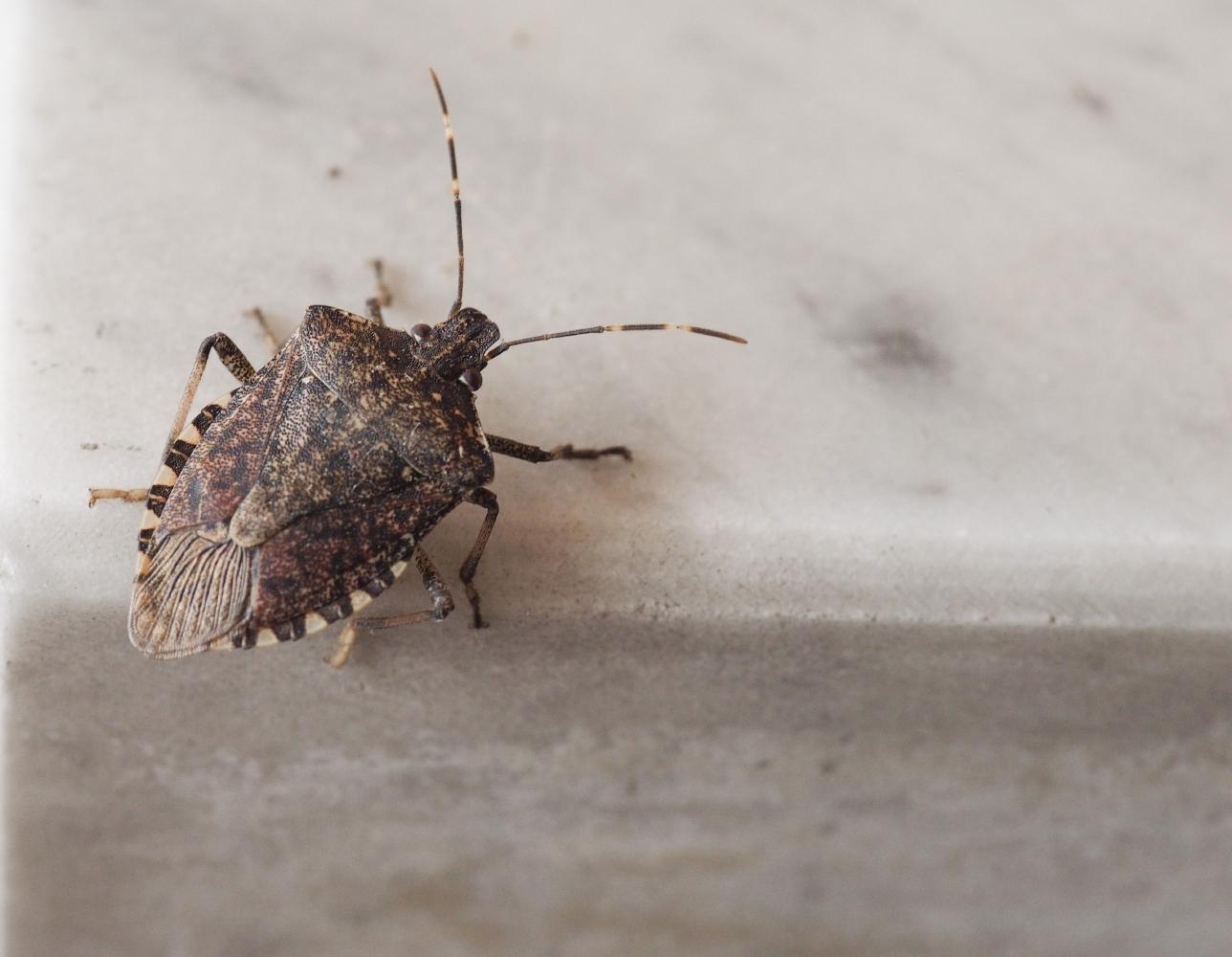
I’ve used cold treatment successfully to rid my house of bed bugs. This involves lowering the temperature of the affected area (or entire house) to below freezing, and keeping it that way for a few days. This can be done either naturally, by opening the windows and leaving your AC off, or with a professional service that uses specialized equipment to lower the temperature in a controlled manner. This method is effective, but it does require some preparation, and it can be quite costly.
How to Avoid Getting Bed Bugs from a Friend
When visiting friends, be vigilant about inspecting their beds and other furniture for signs of bed bugs. Look for tiny, rust-colored stains on bedding, and for any signs of bed bugs themselves, such as their small, brown bodies or eggs. If you spot any sign of bed bugs, don’t stay in the friend’s home and alert them to the infestation.
If you’re staying at a friend’s home, having them launder their bedding and sheets in hot water prior to your arrival is a good idea. This will help ensure any bed bug eggs or larvae present are killed.
When possible, avoid bringing items from your home to your friend’s home, and vice versa, to reduce the risk of cross-contamination. This includes suitcases and bags, which can easily transport bed bugs, or items of clothing or other items which may have been exposed to bed bugs.
When leaving your friend’s home, inspect your clothes for any signs of bed bugs, and wash them in hot water if you suspect any may be present. Vacuum and steam clean your luggage and any items you brought with you and inspect them for bed bugs. Finally, vacuum and steam clean your own home, to ensure you haven’t inadvertently brought bed bugs back with you.
How Transferable Are Bed Bugs?
Bed bugs are highly transferable, as they can move between any nearby homes as well as onto clothing, furniture, and other items. Bed bugs can crawl up to 20 feet in one night, so they can easily spread from one house to another. They can also move between floors in apartment buildings, or they can be spread through shared walls or other common areas.
Bed bugs can also be spread by humans, who can unknowingly transport them on their clothing or other items. As bed bugs feed on human blood, they are highly attracted to human hosts, so if a person comes into contact with an infested area, the bed bugs may cling to their clothing and be transported to a different location.
Bed bugs can also be spread through items such as furniture, mattresses, clothing, and luggage. Bed bugs can survive for long periods of time without feeding, so they can easily hide in items such as these and be transported from one location to another.
Finally, bed bugs can also be spread through pets. Pets can easily pick up bed bugs while they are exploring outside and bring them into the home.
Overall, bed bugs are highly transferable, and can move easily between homes, apartments, and other locations. They can also be spread through clothing, furniture, luggage, and pets. Therefore, it is important to take precautions when travelling or when purchasing used items to avoid bringing bed bugs into the home.
Frequently Asked Questions
How can bed bugs spread from one house to another?
Bed bugs can spread from one house to another through various ways. They can travel from one house to another through people’s belongings like suitcases, bags, bedding, or furniture. Bed bugs can even hitch a ride on people, animals, or other insects. They can also travel between apartments through cracks in walls, floors, or ceilings, or through electrical and plumbing lines. Bed bugs can also travel through second-hand furniture, clothes, mattresses, and other materials.
What precautions should I take if someone with bed bugs visits my house?
To prevent the spread of bed bugs from one house to another, it is important to take certain precautionary measures if someone with bed bugs visits your home. Firstly, ask the person to leave their clothes and bags outside and not bring them inside the house. Secondly, vacuum the house thoroughly after the visitor leaves. Thirdly, inspect any furniture or belongings that the visitor was in contact with for signs of bed bugs. Finally, wash all bedding and clothing in hot water to kill any potential bed bugs.
What measures can I take to avoid getting bed bugs from a friend?
Inspect any furniture or items brought from a friend’s house for signs of bed bugs, such as egg cases, shed skins, and live bugs. Avoid bringing any items into your home if you suspect bed bugs. Wash any items that were brought from a friend’s house with hot water and dry on the highest heat setting possible. Vacuum any areas of your home that may have come into contact with the items from your friend’s house. Encasement of mattresses and box springs is also recommended to prevent bed bug infestations.
How do Bed Bugs Travel from House to House?
Bed bugs are capable of travelling between homes in a variety of ways. They may hitch a ride on clothing, luggage, furniture, or other items that have come in contact with an infested area. Bed bugs can also crawl through tiny cracks and crevices in walls and floors, allowing them to move from one home to another. They are also able to spread through shared laundry facilities, shared living spaces, and even through ventilation systems. Bed bugs can also be spread through direct contact with an infested person or pet.
How easily are bed bugs transferred from one house to another?
Bed bugs are easily transferred from one house to another. They can hitchhike on clothing, luggage, furniture, and other items that are moved between locations. They can also travel through small cracks and crevices, electrical outlets and wiring, and plumbing pipes. Bed bugs are very small and can easily pass through small openings. Therefore, it is important to be careful when bringing items from another location into a home to prevent the spread of bed bugs.
Conclusion
It’s clear that bed bugs are very good at spreading from house to house, and it’s likely that a combination of factors contributes to their success. Bed bugs can be transmitted between houses through a variety of methods, such as through people and their belongings, via common pathways like walls, pipes, and air ducts, or even through the mail. While bed bugs can be difficult to eliminate, there are steps you can take to reduce the likelihood of them entering your home. Understanding the ways in which bed bugs spread is the first step in preventing an infestation.
